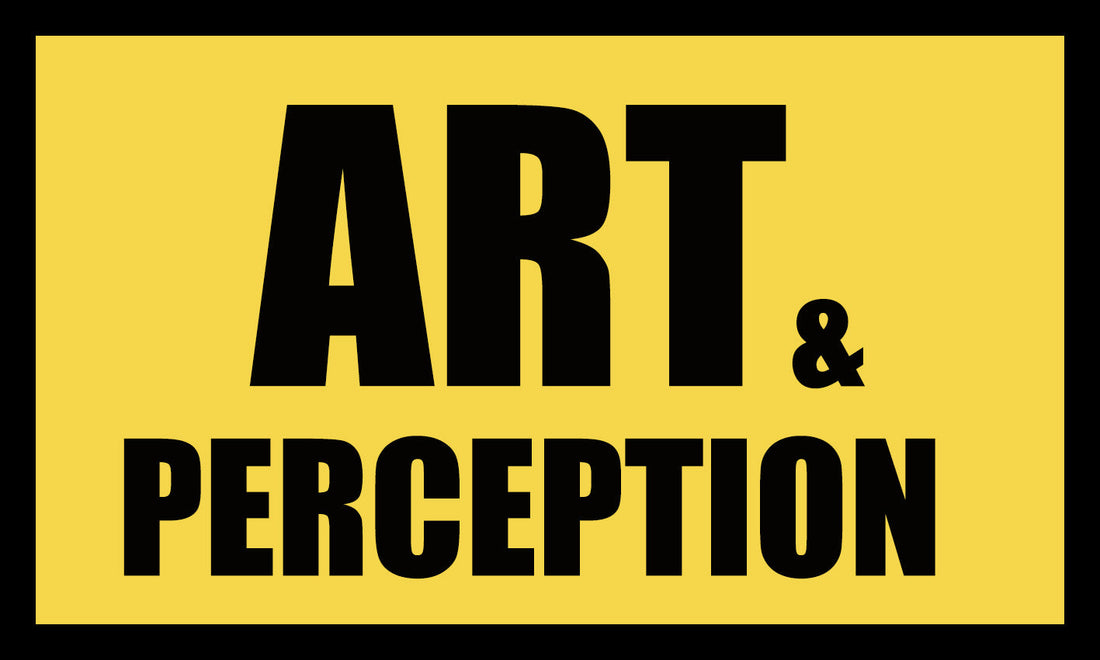A Matter of Art and Perception: Decoration in Tourist Spaces
In the world of interior design and decoration of tourist spaces, the selection of visual elements can generate a wide range of reactions. A recent case illustrates how a piece of art in an apartment has sparked debate about the interpretation of art in shared spaces.

The Review:
"The decoration is fine. However, honestly, placing a large painting of Jesus Christ, Designer in art (devaluing), does not add much, considering that Peru is a religious country. To me, it seems like a bold choice of decoration. Placing Jesus Christ in a large painting with a comic-style design seems inappropriate. I believe it should be removed because it is seen by many people. Even if we want to express artistic codes, I think this type of art should be in a private home and not in a public place. Thank you."
The Response:
"I want to clarify that my work is a personal interpretation and in no way intends to offend anyone. I did not refer to Jesus Christ literally but created a unified version that idealizes an image. It is important to remember that there is no single representation of Jesus, and art allows for exploring different perspectives.
Throughout history, many works have depicted Jesus Christ in various contexts and emotions, such as in the great paintings of the Renaissance where he is shown expelling the merchants from the temple. These interpretations vary depending on the artist's vision and the message they wish to convey. However, I would like to point out that this image does not represent Jesus Christ as such but is an artistic construction. If you have perceived it that way, it is the result of your own interpretation.
Furthermore, Peru is a country of immense cultural and religious diversity, where many beliefs and artistic expressions coexist. It is not fair to generalize an entire nation from a single perspective. My intention with this work is to invite reflection and dialogue, encouraging a broader appreciation of art and its ability to evoke different interpretations."


